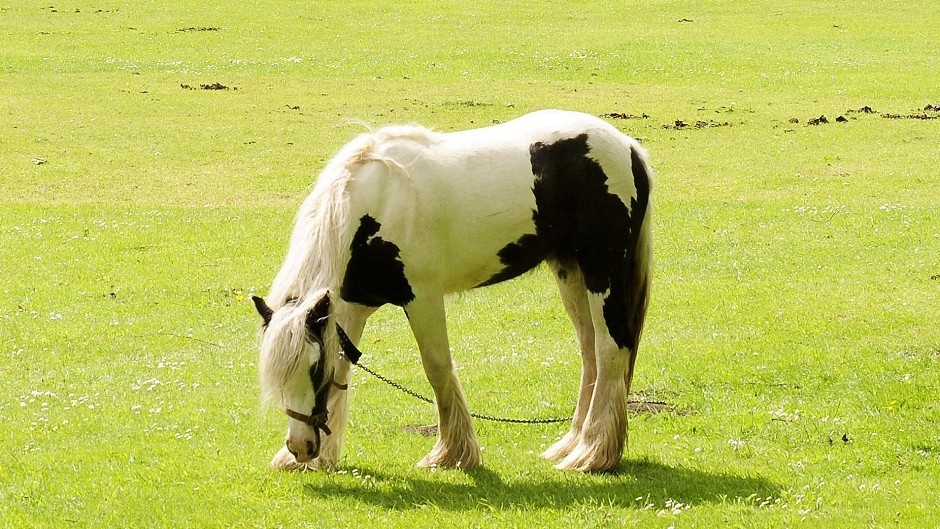Scotland’s burgeoning equestrian industry lacks regulation and co-ordination, particularly in relation to animal health and welfare, it has been claimed.
A recent ‘scoping study’ published by the Rural Policy Centre at Scotland’s Rural College (SRUC), in conjunction with the British Horse Society (BHS) for Scotland, has called for the development of an accurate database of the number and location of horses in Scotland.
This, it said, would allow for better monitoring of disease, traceability of horse movement, more effective breeding programmes and would address the welfare concerns associated with increased horse numbers.
According to the SRUC, the study provides a ‘snapshot’ of the industry – which contributes £228million to the Scottish economy each year excluding racing – and makes recommendations to the equestrian industry, local authorities and the Scottish Government on how to further develop and strengthen the sector.
While the study concedes that more regulation would be an “additional cost to the industry”, it says the lack of regulation underpins an absence of unity and cooperation across the sector.
“The equine industry makes a big contribution to the rural economy, and has significant potential, with adequate support and guidance, to deliver integrated business and environmental benefits,” commented one of the report’s authors Gillian McKnight, from the SAC Consulting division of SRUC.
However, there is currently no national register of horse owners or breeders – nor any requirement for owners or breeders to demonstrate any knowledge of horse care or management to own or breed horses.
Helene Mauchlen, Director for BHS Scotland, who instigated the study added: “In order for our industry to compete fairly with other rural industries when it comes to recognition and funding opportunities we realised that we needed to start the ball rolling on collecting evidence on the value of the equine industry, instead of relying on figures extrapolated from the UK.
“This scoping report will hopefully point us in the right direction by identifying priorities for future work at the same time as providing a snapshot of where we are.”
The equine industry is the UK’s second biggest employer in the rural environment however the development of the industry in Scotland is being hindered by fragmented support for business and a lack of coordination.
Many new equestrian businesses are farm diversification projects or small independent businesses and they often struggle to access funding and support on issues such as land management and planning.
The report identifies areas of best practice such as the provision of quality assurance for riding and trekking centres; and it makes several recommendations in order to improve coordination and efficiency across the industry.
